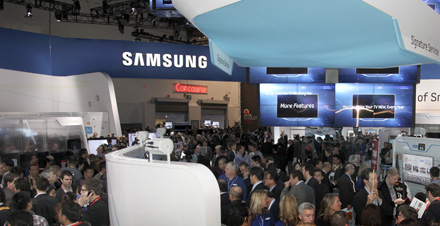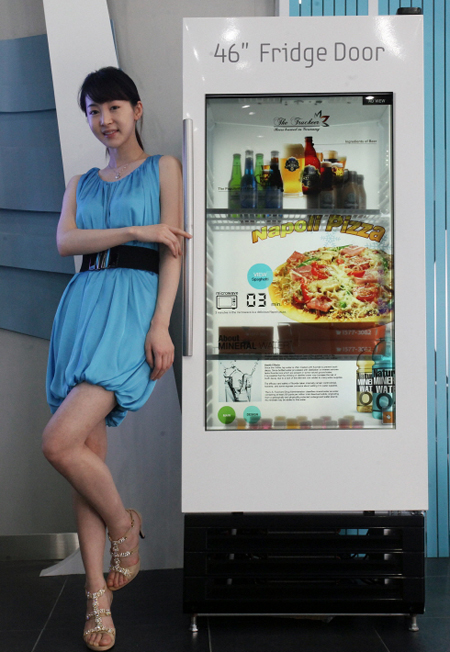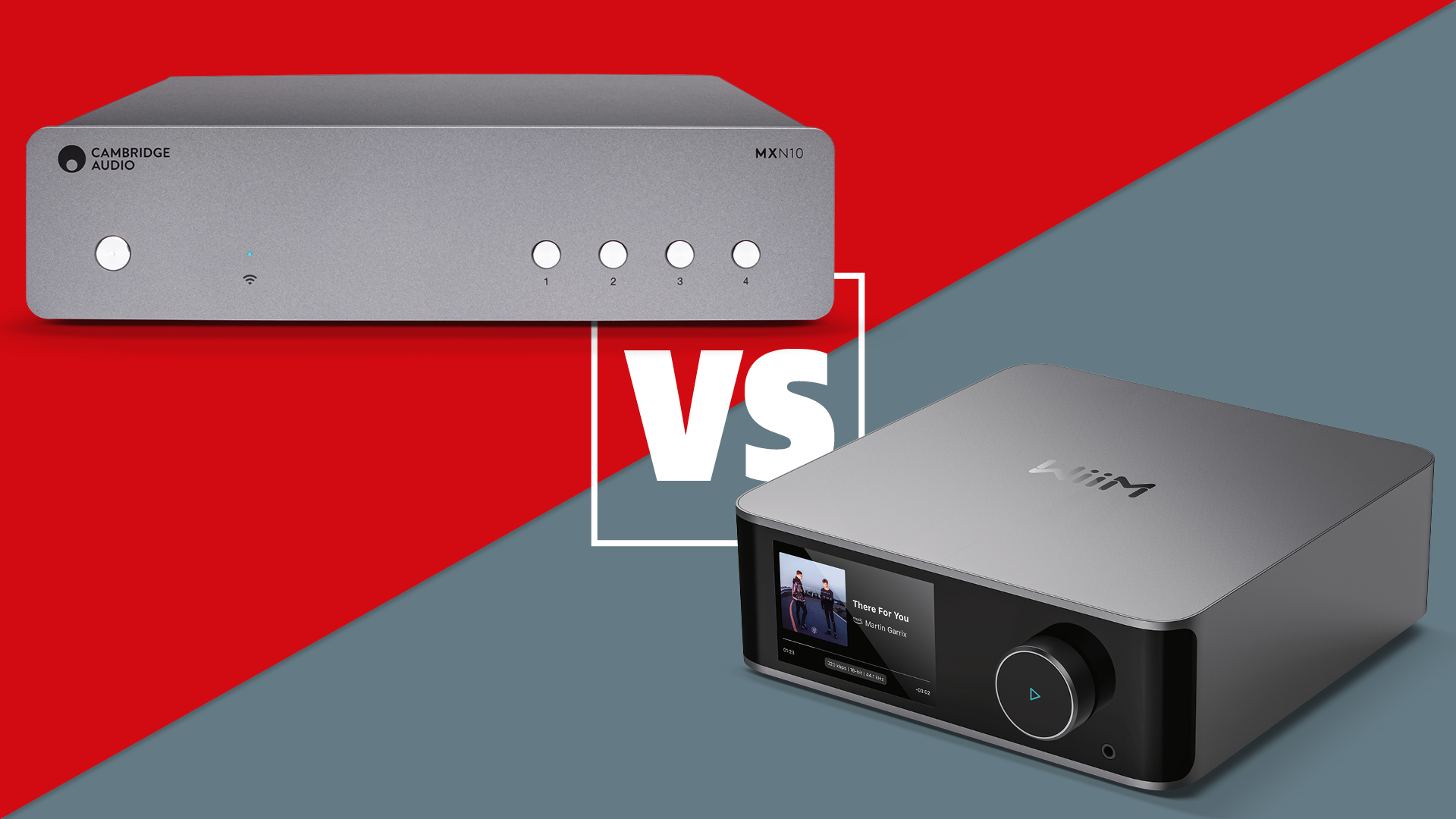KOREA: Samsung plans £27bn+ investment this year, including £2.6bn for OLED operations
Record spending plans announced ahead of 2011 results, expected to show biggest-ever sales and company grabbing global phone leadership from Nokia


Samsung is set to make record investments this year to boost its strength in several key areas of the electronics market – and OLED technology will be the recipient of almost 10% of its planned spend.
The company, which showed a 55in OLED TV prototype at last week's CES in Las Vegas, announced the figures ahead of its announcement of 2011 sales, which will be made next Friday.
It will boost investment by 12% this year to KRW47.8tn (£27.25bn), and says its OLED operations will receive KRW4.6tn, or about £2.6bn, in order to strengthen market shares in this sector. Samsung's semiconductor division will receive an investment of KRW15tn (£8.5bn).
As part of this spending plan, Samsung will be taking on 26,000 new employees, and investing KRW13.6tn (£7.75bn) in research and developments.
It's expected to announce next week that in 2011 it had record sales of KRW164.7tn (£94bn), and an operating profit of KRW16.2tn (almost £9.25bn).
Part of that success comes from the growth of its mobile phone business. Having beaten Apple in smartphone sales in the third quarter of last year, it said at last week's CES that it overtook total phone market leader Nokia last year, in revenue terms if not in total units sold.
'In 2007, [Samsung] executives vowed to make the company the new world leader in global mobile phone sales by 2010,' said Choi Gee-sung, Samsung Electronics’ vice chairman, in Las Vegas.
Get the What Hi-Fi? Newsletter
The latest hi-fi, home cinema and tech news, reviews, buying advice and deals, direct to your inbox.
'Although it happened one year later than we originally hoped, we did come in first place last year.' He also pointed out that as recently as 2007, Nokia handsets outsold Samsung's by four to one.
Choi also said that Samsung already has its next total sales target in mind: it aims for annual sales of £130bn by 2015, adding that 'the key for sustainable growth lies in the company’s success in the Chinese, Indian and African markets'.
Samsung is already planning on making inroads into the Japanese TV market, until recently the preserve of domestic manufacturers, and continues to work on new ways of using its core technologies, as well as investing in new ones.
For example, it has just announced the production of a 46in transparent LCD panel, aimed at expanding the market for such displays – the company already has a 22in transparent LCD on sale.
Why transparent LCD screens? Well, so far the company has found applications for the technology in display cases in retail environments, but now it's aiming for applications such as the platform doors on tube stations, where the display could carry advertising, news or other content.
And it showed another application with more domestic potential: using the display panel to form the door of a refrigerator, it could become your kitchen TV, as well as showing recipes, adverts for food products and status readouts for the device to which it's fitted.

As Younghwan Park, Samsung's senior vice president of LCD marketing, Device Solutions, says, 'Transparent panels, an exciting application of next-generation display technology, have unlimited potential to change our viewing habits over the next several years.'
Research company Display Bank expects the transparent display market to be worth S87bn (more than £56bn) in little more than ten years.
Andrew has written about audio and video products for the past 20+ years, and been a consumer journalist for more than 30 years, starting his career on camera magazines. Andrew has contributed to titles including What Hi-Fi?, Gramophone, Jazzwise and Hi-Fi Critic, Hi-Fi News & Record Review and Hi-Fi Choice. I’ve also written for a number of non-specialist and overseas magazines.
